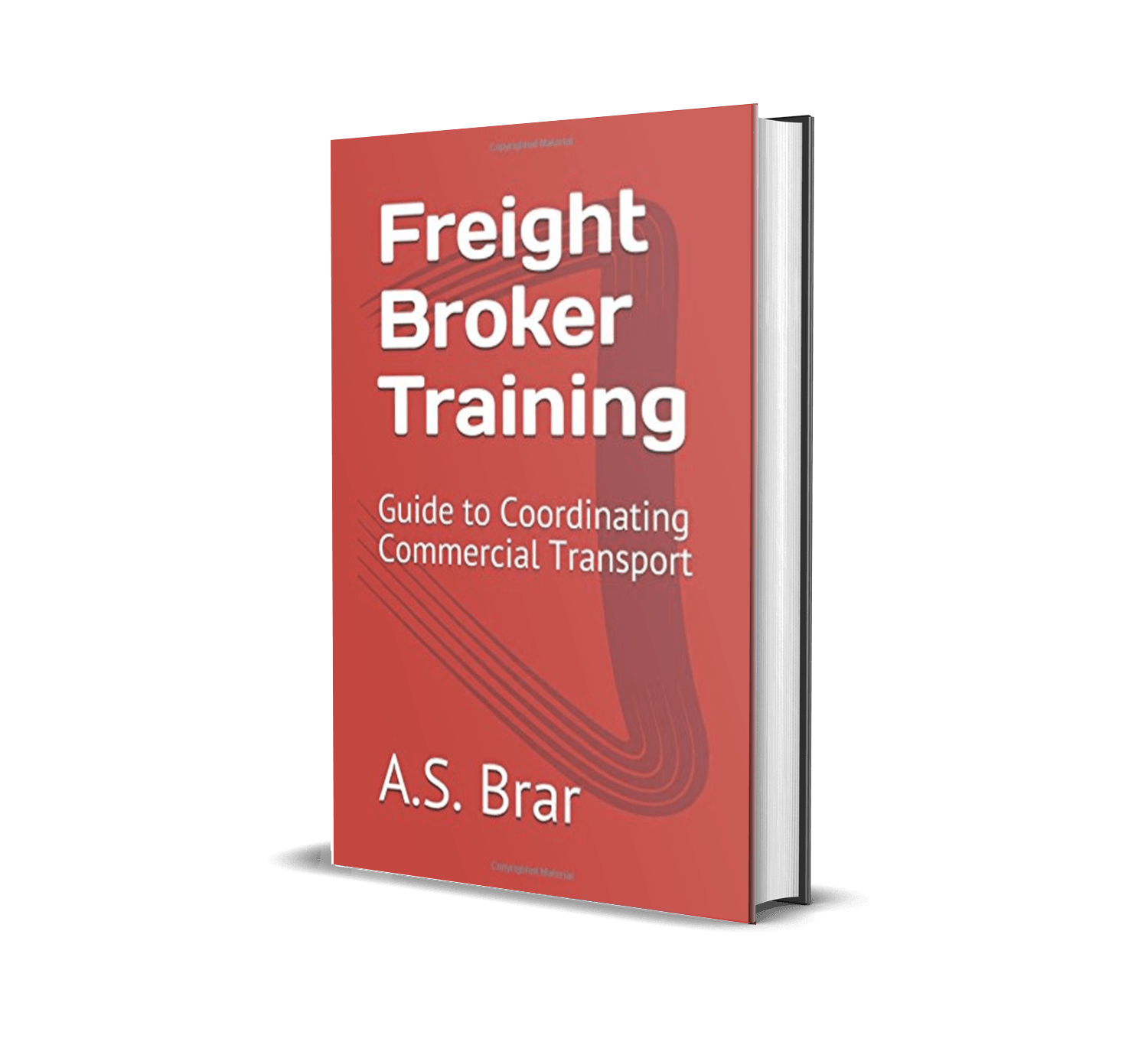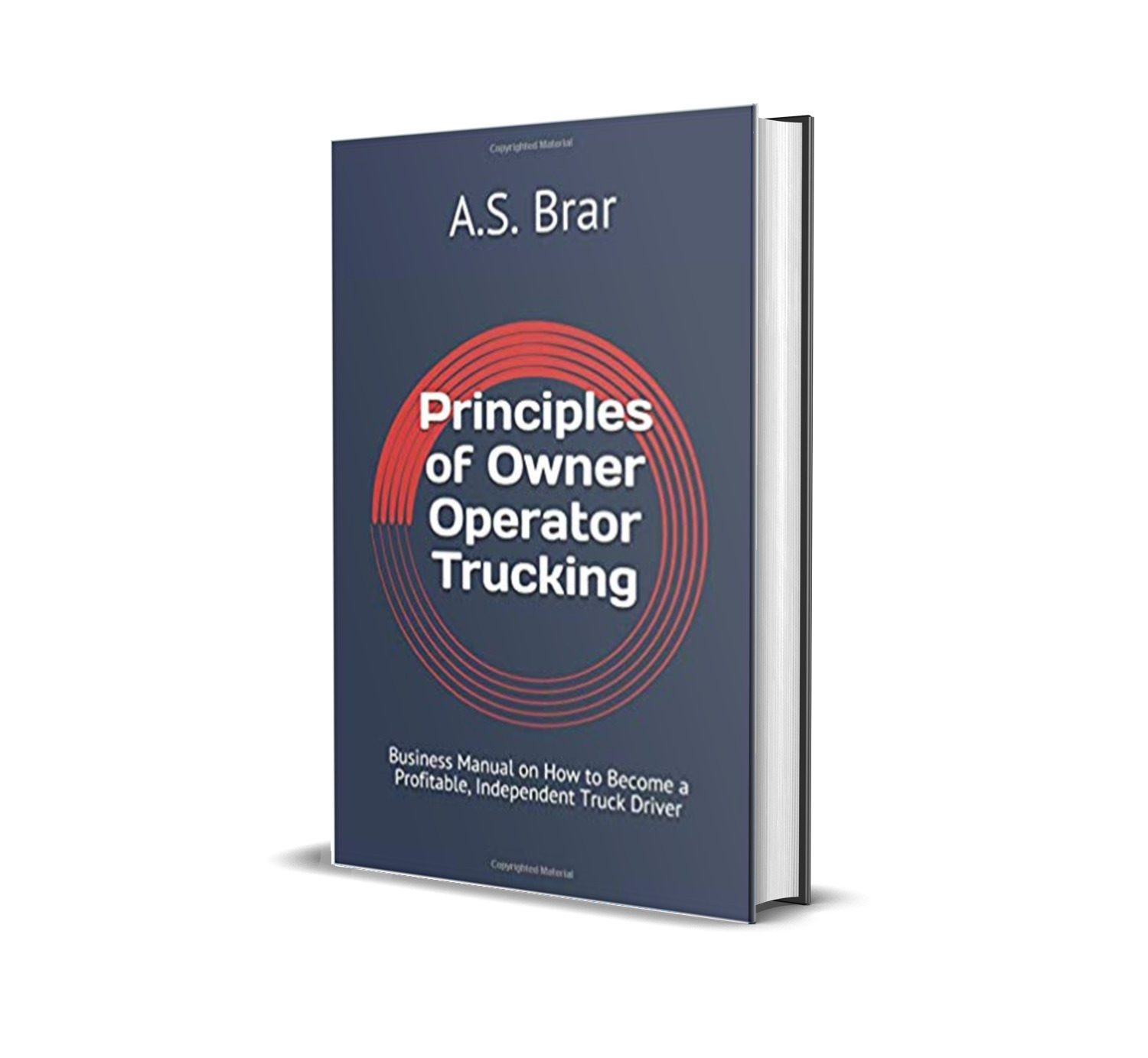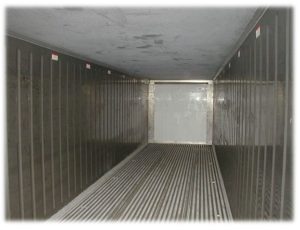Majority of trucking companies in North America are comprised of small sized firms with numerous owner-operators. Most small trucking companies do not have the capacity to supplement the volume of freight that is moved by large shippers. Therefore, it is difficult for smaller companies to establish direct working relations with large customers.
Instead, small firms rely on intermediaries known as freight brokers that provide the trucking companies with a consistent supply of loads. By utilizing capacity from multiple smaller trucking companies, freight brokers build up a pool of resources they can draw from to meet the shippers needs/demands.
Return on Assets
Return on assets or return on investment are topics that play a significant role in the asset light logistics model. Return on asset is the ratio between the net profit and cost of investment in equipment or some other asset.
Logistics providers do not need to have high investment rates because much of the asset requirement portion is subcontracted to the trucking company. It must be made clear what the determined duration is before return on assets meets a 1:1 ratio or 100 percent.
Firms that take longer to recoup their investment in equipment assets face a variety of problems such as prolonged strain on cashflow, higher breakeven points, and a lower contribution margin after fixed and variable costs.
What are the benefits to an asset-light logistics model?
The acquisition of subcontractors is the primary method the asset-light logistics model is established. Although partnerships between trucking companies and freight brokers may also reduce or split the number of needed assets. For example, Landstar is a successful company that uses a mix of its own assets and leased owner operators to facilitate transportation operations. Sub-contractors also cut down on employee payroll and worker’s compensation costs that can often comprise up to 10% of the base wage.
Asset light logistics and non-asset-based logistics companies are able to take greater advantage of owner-drivers who are less able to determine the full life-cycle costs of their trucks which include depreciation.
Furthermore, asset light logistics due to their ability to expand and grow to be larger than their asset-heavy counterparts, can provide sophisticated load and consignment tracking to large OEMs that require it as apart of their IT infrastructure.
Does Asset-Light mean Heavy-Subcontracting?
Subcontracting is inevitable part of an asset-light logistics model because the resources to move freight whether that be trucks, trailer, drivers, locomotives, or shipping vessels must be supplied by a party. All levels of asset ownership arise whether it concerns asset-based or asset-free providers.
An example of an asset-light logistics providers includes distribution centers that specialize in warehousing but outsource the actual movement of freight to a third-party carrier.
Why do Trucking Companies own more trailers than trucks?
If one is to inquire about the spread of a trucking company’s fleet between trucks and trailers you’d notice the latter is owned in greater quantities. This is due to the advent of drop and hook operations. Trucking operations are traditionally segmented into two parts; pickup & delivery and linehaul.
If linehaul trucks are to spend the 1-2 hours at the loading bay performing a live-unload, it takes away time they can spend on the highway moving freight. As a result, a linehaul truck ‘drops’ the trailer at the receiver and it is spotted there until it is unloaded. Furthermore, most deliveries to small and medium sized businesses are along city roads where heavy trucks are not permitted.
Combine cross docking of local delivery trucks with linehaul trucks and a more efficient system is created. City tractors then perform drayage of empty and sometimes loaded trailers to manage the flow of trailers between shipping yards. This type of working arrangement is sometimes even defined as a trailer pool.
Conclusion
There are many variations to the asset-light model as carriers, brokers, 3PLs, shippers, and receivers work together to facilitate the transportation of freight throughout the supply chain. One of the main purposes of asset-light logistics is to limit heavy capital expenditure on equipment and focus on investments that will bring the best return for shareholders.



